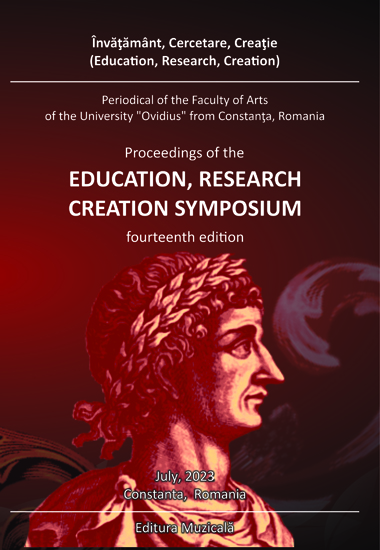The Diction in the Art of Singing in the English Language
The Diction in the Art of Singing in the English Language
Author(s): Radu-Corneliu FăgărășanSubject(s): Theatre, Dance, Performing Arts, Foreign languages learning, Music
Published by: Editura Muzicală
Keywords: vowel; consonant; letter; pronunciation; diction; art of singing; singer;
Summary/Abstract: In this article, I have focused on some concepts of pronunciation and diction in the art of singing in the English language. I presented here the basic principles of pronunciation/diction and correct articulation. I discovered that in the English language, there are 5 different IPA symbols for the letter T, and 4 different IPA symbols for the letter R, just to give two examples. Unlike the Romanian language, where the Romanian syllable/word is pronounced the way it is written, in English, we have a different principle of pronunciation for diphthongs, triphthongs, syllables, or words in general. The singer produces sounds uttered at heights that a native speaker of the language has never been accustomed to using. The singer has a voice quality that they have systematically trained. There is a difference between spoken and sung diction/pronunciation. In singing, a tone must be sustained for a considerable amount of time at an unvarying height. The duration of time for a sustained sound is much shorter, and the height at which it is delivered increases or decreases for the same uttered sound.
Journal: Învăţământ, Cercetare, Creaţie
- Issue Year: IX/2023
- Issue No: 1
- Page Range: 106-113
- Page Count: 8
- Language: English

